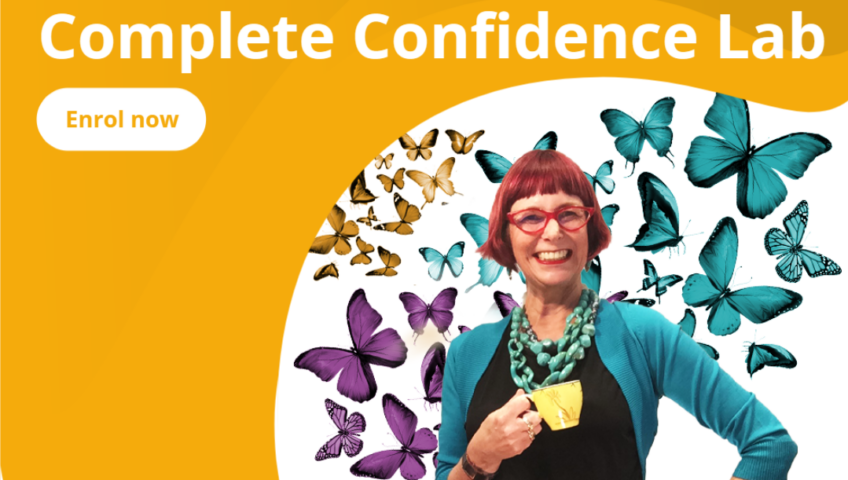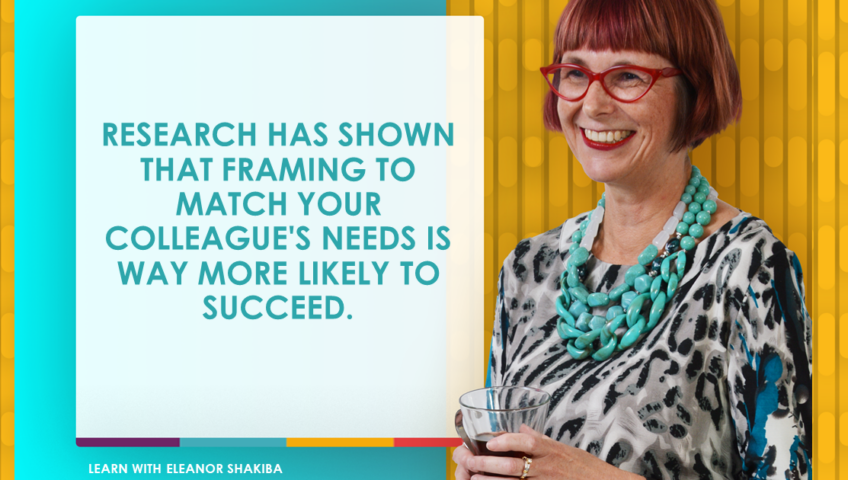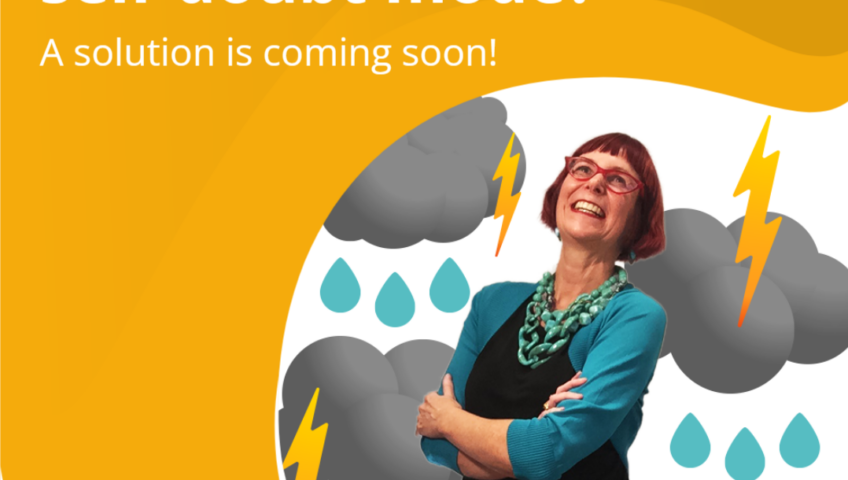Do you ever wonder why some days you’re bursting with energy and ready to seize the day, while others you struggle just to get out of bed? No, it’s not just a lack of self-discipline or willpower. It turns out, your brain might have something to do with it. For example, sometimes motivation is fuelled by a neurotransmitter named dopamine. This is often referred to as the ‘reward chemical’ because when your brain releases it, you feel good!
It turns out that dopamine levels are closely linked to motivation levels. Higher amounts of dopamine can increase motivation while lower levels can decrease it. This is because dopamine acts as a signal for your brain to seek out rewards and motivates you to take action towards achieving them.
Free e-book and video tips.Get your copy today!
|
|
However, not all motivation is linked to dopamine. Goal-oriented motivation is associated with adrenaline and norepinephrine. And intrinsic motivation is linked to endorphins (or ‘feel-good’ hormones) and serotonin. So what does this all mean? Essentially, different types of motivation are influenced by different brain chemicals.
So why is all this important? Understanding the neuroscience behind motivation can help you fuel states of high motivation, maintain them for longer and even recover from a dip in motivation. For example, if you’re struggling to find the drive to complete a task or reach a goal, knowing which neurotransmitter is involved can help you find ways to increase its levels and boost your motivation.
For example, if you’re low in dopamine and feeling unmotivated, doing something you enjoy will help change your mood. Or if you’re feeling stressed, which can lower dopamine levels, doing some physical exercise can help increase it. So the next time you’re feeling unmotivated, remember that your brain chemistry is playing a role. Most importantly, you can take steps to fuel it and reach your full potential.
Four steps to try today
- Focus on your One Big Goal. This is a goal that matters to you, so focusing on it will increase your dopamine levels and keep you motivated.
- Talk to people who inspire you. Positive social interactions can increase serotonin levels, leading to increased motivation.
- Break tasks into smaller chunks: This creates multiple moments of achievement, which can trigger dopamine release.
- Savour some chocolate. This is my favourite, so I had to include it in this list. Just don’t overdo it! Dark chocolate contains flavonoids that can boost dopamine levels.
You can read the original article here.
This article summary was created by Eleanor Shakiba
Eleanor is a leadership trainer, success coach and people skills expert. She helps managers and business owners build thriving teams and organisations, using tools from Positive Psychology. She's trained more than 60,000 people during her career as a corporate trainer and professional development consultant. Her mission is inspiring talented people to become leaders who make a difference.










